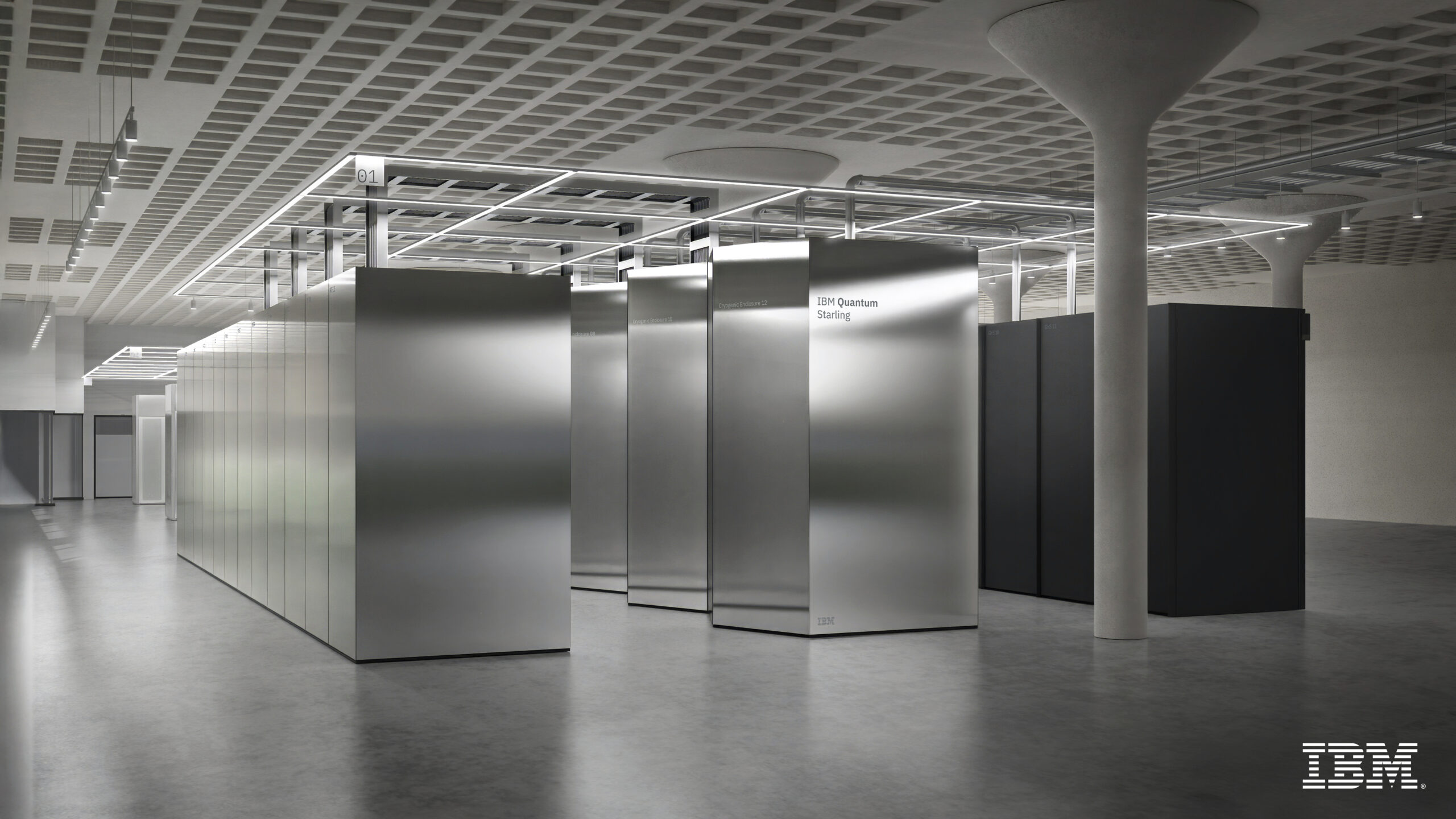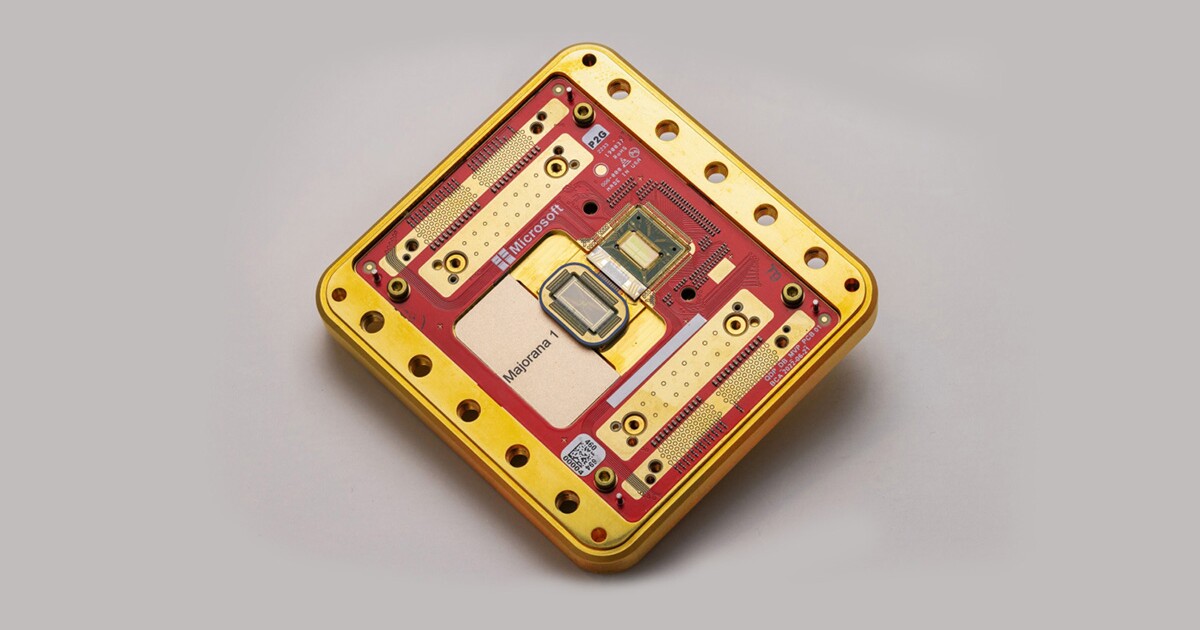
IBM released its plans for building a system that should push quantum computing into entirely new territory: a system that can both perform useful calculations while catching and fixing errors.

A team of international researchers has used the unpredictable nature of quantum mechanics to create a device capable of generating truly random numbers.

Microsoft says it's made a major breakthrough in quantum computing capabilities with the Majorana 1, its first quantum chip.

Google’s latest quantum computer chip, which the team dubbed Willow, has ignited a heated debate in the scientific community over the existence of parallel universes.

For the first time, we've got a three-dimensional picture of a magnetic skyrmion. This tiny, spiraling flaw in the magnetic properties of some materials could find uses in next-gen electronics storage devices and quantum computers.

Researchers say that time crystals could one day become a core component in the construction of quantum computers.

The potential of quantum computing is immense, but the distances over which entangled particles can reliably carry information remains a massive hurdle.

For decades, the pursuit of quantum computing has struggled with the need for extremely low temperatures, mere fractions of a degree above absolute zero.

Researchers at MIT have achieved a significant leap in quantum computing, bringing the potential of these supercomputers closer to realization.

The scientists hope the breakthrough is the start of a new era. Though this experiment was performed with simple, two-atom molecules, they plan to work their way up to handling larger and more complex molecules.

A new quantum computer can execute calculations in mere moments that would take the most advanced supercomputers 47 years to process.

Google researchers demonstrated they could reduce errors in calculations while increasing the number of physical quantum bits (qubits) in a 'logical qubit,' a building block of large-scale quantum computers.

A UK University team developed a system able to transport information from one chip to another with a reliability of 99.999993% at record speeds.

Another record has been broken on the way to fully operational and capable quantum computers: the complete control of a 6-qubit quantum processor in silicon. Researchers are calling it "a major stepping stone" for the technology.

Australian scientists have created the world's first-ever quantum computer circuit – one that contains all the essential components found on a classical computer chip but at the quantum scale.